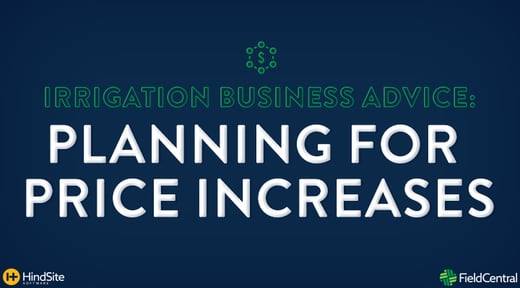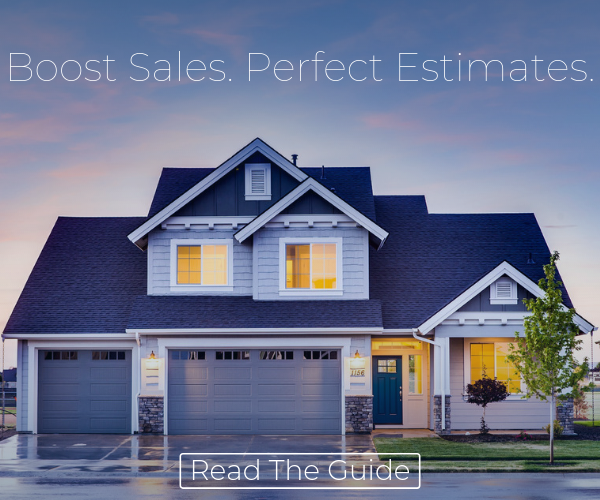
The Good: The latest reports show the lowest inflation rate since October 2021.
The Bad: It’s still above 6%, which means your material costs continue to rise.
The Ugly: The talent shortage (and some might call it the talent war) continues. You don’t have enough techs and crews to get more jobs in the hopper.
All of this means one thing: your profits are decreasing, as costs increase, and margins are squeezed.
This is a classic business problem, and your options are limited. To protect margins, you have to reduce costs, or increase revenue. It’s always important to understand your costs, but when it comes to revenue if you can’t find more people, you can't do more work (sort of… we can help with that), so you need to increase prices, and there are two questions you need to ask.
Determining Your Irrigation Price Increases
How much, is a whole discussion on its own, but there are a few basics to consider. Be sure to factor in cost forecasts around the following areas:
- People: hiring, wage increases, insurance
- Materials: talk to your distributor about their “best guess” over at least the next quarter, if not 6 months, and don’t forget to include any big re-orders that might be looming
- Major “Period” Costs: new equipment, annual costs, taxes
Then look around. How much do your competitors charge, and what’s your value compared to them? Are you a low-cost provider? A premium service? Or that sweet spot in the middle?
Understanding the costs (the margins) and the competition will give you a good range at which to set prices. And don’t forget, even for standard services you don’t need to provide a “one-price fits all” standard - that caters only to your loudest clients, so consider custom pricing when you have the time.
Communicating Your Price Increases
But how to share the news? For current clients, you can add a memo to existing invoices, or send a simple email.
- Keep the message short, simple, and informative. You want to be transparent in order to avoid surprises, but you’re not asking for permission.
- Focus on value, not costs. Don’t say it’s only about your cost, otherwise, customers will expect lower prices when inflation dips.
- Don’t apologize. If you believe your price reflects your value, then it's an honest price for an honest service.
- Thank clients for being a valued part of your business.
- Enable your office and field leaders with a few standard responses for clients.
- Lastly, for your standard prices on standard services, negotiate only as an exception, and only for high-margin customers (and take a minute to make sure you understand the margin, the profit, on each client… just because a customer is big, doesn’t mean you’re making money off of them!).
According to Casey Brown at Boost Profits, a price increase has a greater impact on profits than either cost reduction or sales volume. 1% increase in price can equate to a 20% increase in profit (vs. a 16% increase for the same 1% in cost reduction, or only a 4% increase for the same 1% in increased sales volume). Don’t wait until your off-season margins are already compressed, take the steps now to protect your profits, and keep growing!








